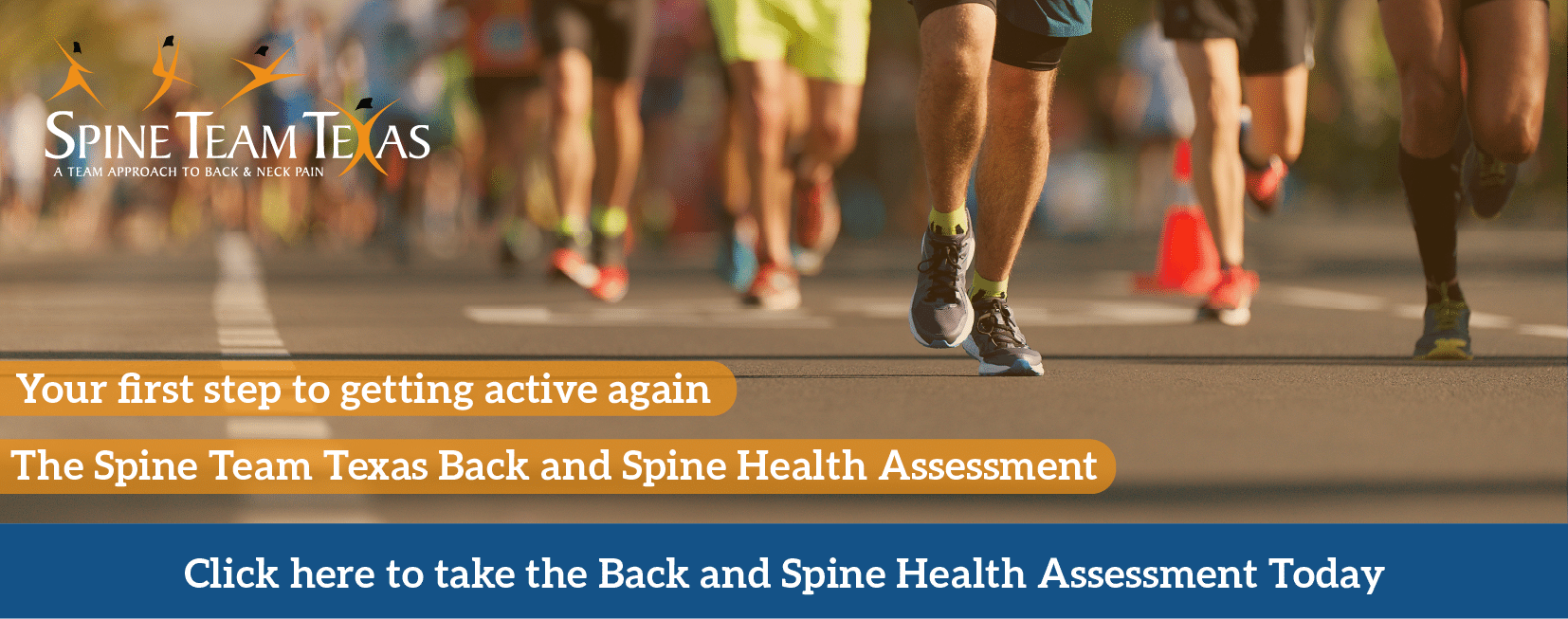Back pain is one of the most common health complaints worldwide, affecting an estimated 619 million people globally. Whether it stems from poor posture, injury, age-related degeneration, or excess body weight, back pain can severely diminish a person’s quality of life. In recent years, a new class of medications known as GLP-1 receptor agonists—originally developed for managing type 2 diabetes—have shown remarkable promise not only in weight loss but also indirectly in relieving chronic back pain. This blog explores the relationship between weight, back pain, and how GLP-1 assisted weight-loss may offer a transformative solution for millions.
Understanding the Link Between Weight and Back Pain
Back pain, particularly in the lower back, often has a mechanical component—meaning it’s related to the structures of the spine and surrounding musculature. Carrying excess body weight puts undue stress on the spine, particularly the lumbar region. For every extra pound a person carries, the force exerted on the lower back increases significantly—some estimates suggest up to four times the amount of pressure during activities like walking or climbing stairs.
Key Contributors:
- Obesity: One of the most direct contributors to back pain. Fat distribution around the abdomen pulls the pelvis forward, increasing the curve in the lower back and leading to strain.
- Inflammation: Fat tissue is metabolically active and releases inflammatory cytokines that can exacerbate pain.
- Poor Mobility and Core Strength: Excess weight often limits physical activity, which can weaken core muscles that stabilize the spine.
Traditional Approaches to Managing Back Pain
Back pain management traditionally includes physical therapy, pain medications (like NSAIDs or muscle relaxants), lifestyle modifications, and in severe cases, surgery. While effective for many, these interventions often treat symptoms rather than addressing root causes like obesity.
Moreover, chronic use of pain medications can lead to dependency or side effects, and surgery doesn’t guarantee lasting results if the underlying weight issues persist. This has created a demand for more sustainable, less invasive solutions that target the cause rather than the effect.
Enter GLP-1 Receptor Agonists: More Than Diabetes Drugs
GLP-1 (glucagon-like peptide-1) receptor agonists, such as semaglutide (Ozempic, Wegovy) and liraglutide (Saxenda, Victoza), are medications originally designed to help manage blood sugar in people with type 2 diabetes. However, researchers quickly noticed an exciting side effect—significant weight loss.
These medications work by mimicking the effects of the GLP-1 hormone, which:
- Increases insulin secretion
- Decreases glucagon levels
- Slows gastric emptying
- Suppresses appetite in the brain’s hypothalamus
The result? Substantial and sustained weight loss, even in individuals without diabetes. Clinical trials have shown average weight reductions of 15–20% over the course of a year—figures previously only achievable through bariatric surgery.
How GLP-1 Medications Can Alleviate Back Pain
While GLP-1 medications don’t directly treat back pain, the secondary effects of weight loss can have profound benefits on spinal health. Here’s how:
1. Reduced Mechanical Load
Losing weight reduces the stress on the spine and joints, particularly the lumbar region. Less compression leads to decreased irritation of spinal discs, nerves, and facet joints. For someone who loses 30 pounds, this could mean up to 120 pounds less pressure on the spine during movement.
2. Improved Posture and Mobility
As weight decreases, people often experience improved mobility and energy levels. This leads to better posture, stronger core muscles, and reduced compensation through harmful movement patterns—all of which can reduce back pain over time.
3. Decreased Inflammation
Fat tissue contributes to systemic inflammation. By reducing fat mass, GLP-1 users can experience lower levels of inflammatory markers like CRP (C-reactive protein), which are often elevated in individuals with chronic pain. This could make other pain treatments, like physical therapy or exercise, more effective.
4. Better Sleep and Recovery
Obesity is strongly linked with sleep apnea and poor sleep quality. Poor sleep amplifies the perception of pain and impairs the body’s natural healing processes. Weight loss can improve sleep architecture, which in turn supports pain recovery.
What the Research Says
Although research directly linking GLP-1 therapy to reduced back pain is still emerging, early evidence is promising.
- A 2022 observational study from the American Spine Journal reported that overweight patients who lost more than 10% of their body weight experienced significant reductions in lower back pain intensity and frequency.
- Post-hoc analyses of GLP-1 trials like STEP and SUSTAIN indicate improvements in mobility, physical functioning, and pain-related quality of life.
- Anecdotal reports and clinical experience from obesity specialists often include notable back pain relief as one of the first changes patients notice within the first few months of GLP-1 therapy.
Real-World Impact: Patient Testimonials
Patients using GLP-1 medications often report being able to resume physical activities they had long given up due to pain—whether it’s gardening, walking, or returning to the gym. One patient said, “After losing 40 pounds on semaglutide, my chronic back pain that I used to manage with daily ibuprofen was virtually gone.”
This improvement isn’t magic—it’s biomechanics. By reducing the burden on the spine and enhancing whole-body health, GLP-1 medications create the conditions necessary for healing and resilience.
Considerations and Cautions
GLP-1 medications are not for everyone and should be prescribed and monitored by a healthcare provider. Potential side effects include nausea, gastrointestinal upset, and, in rare cases, pancreatitis or gallbladder issues.
It’s also important to remember that these medications are tools, not standalone solutions. For long-term success, they should be combined with:
- Nutrition counseling to support a sustainable dietary pattern
- Exercise and physical therapy to strengthen the back and core
- Behavioral coaching to build lasting habits
Additionally, patients should avoid the temptation of using GLP-1 medications as a “quick fix” or without medical supervision. Misuse can lead to dangerous health outcomes.
Conclusion: A Hopeful Future for Back Pain Sufferers
Back pain and obesity have long been interwoven in a frustrating cycle—weight gain leads to pain, pain limits movement, movement restrictions lead to more weight gain. GLP-1 assisted weight loss offers a powerful intervention point to break that cycle.
By helping patients lose significant amounts of weight safely, these medications reduce the physical and inflammatory burdens on the spine. While they aren’t a cure-all, they can be a catalyst for transformation, particularly when paired with lifestyle changes and a supportive care team.
For the millions suffering in silence from back pain, GLP-1 therapies offer not just symptom relief, but the possibility of a more active, less painful life. As the science evolves, so too does our ability to target chronic pain at its root—giving people their lives back one pound at a time.
Disclaimer: This article is for informational purposes only and does not constitute medical advice. Always consult a healthcare provider before starting any new treatment, including GLP-1 medications.


